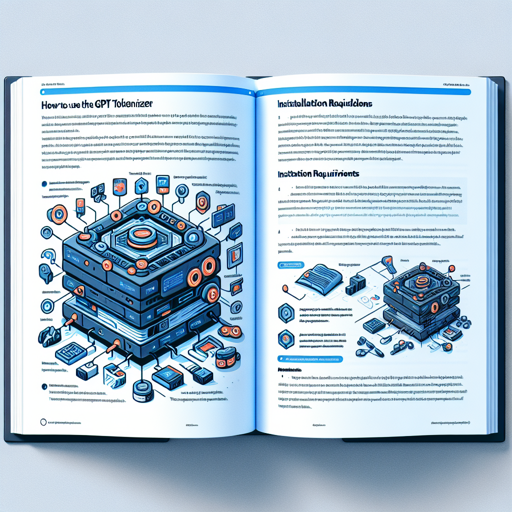The GPT-4 Tokenizer provides a powerful tool for handling text in applications that leverage artificial intelligence. This guide will walk you through how to utilize the GPT-4 Tokenizer with both Python and JavaScript using the popular libraries from Hugging Face and Transformers.js.
What is the GPT-4 Tokenizer?
The GPT-4 Tokenizer is a component that has been designed to work seamlessly with a variety of formats and is compatible with libraries such as Transformers and Tokenizers. By leveraging this tokenizer, developers can efficiently convert text to tokens, making it easier to process and analyze natural language.
Installation Requirements
- Ensure you have Python or Node.js installed on your machine.
- Install the necessary libraries:
- For Python, use:
pip install transformers - For JavaScript, include:
@xenovatransformers
Example Usage
Let’s explore how to use the GPT-4 Tokenizer in both Python and JavaScript.
1. Using the Tokenizer in Python
In Python, you can quickly get started with a few lines of code. Here’s how:
from transformers import GPT2TokenizerFast
tokenizer = GPT2TokenizerFast.from_pretrained("Xenova/gpt-4")
assert tokenizer.encode("hello world") == [15339, 1917]This snippet initializes the tokenizer using the pre-trained model and checks that the string “hello world” is tokenized into the expected token IDs.
2. Using the Tokenizer in JavaScript
If you’re working in a JavaScript environment, the process is similar:
import AutoTokenizer from "@xenovatransformers";
const tokenizer = await AutoTokenizer.from_pretrained("Xenova/gpt-4");
const tokens = tokenizer.encode("hello world"); // [15339, 1917]This code imports the tokenizer, loads a pre-trained model, and encodes the same string.
Understanding the Code with an Analogy
Imagine that the tokenizer is like a barista in a coffee shop. The input string (“hello world”) represents an order. The barista (tokenizer) takes the order and translates it into a special set of identifiers (tokens) that the kitchen (machine learning model) understands. Just as each drink has a unique recipe, each string has its own unique set of tokens. The tokenizer’s job is to ensure that this translation happens smoothly so that the text can be processed efficiently by the language model.
Troubleshooting
If you run into issues while using the GPT-4 Tokenizer, consider the following troubleshooting tips:
- Check if you have installed all dependencies correctly.
- Make sure you are using the correct model name: “Xenova/gpt-4”.
- If you encounter performance issues, ensure your environment has sufficient resources to handle tokenization tasks.
For more insights, updates, or to collaborate on AI development projects, stay connected with fxis.ai.
Conclusion
The GPT-4 Tokenizer is a vital tool that bridges the gap between human language and machine understanding. By incorporating this powerful tokenizer into your application, you can enhance the efficiency and effectiveness of your AI models.
At fxis.ai, we believe that such advancements are crucial for the future of AI, as they enable more comprehensive and effective solutions. Our team is continually exploring new methodologies to push the envelope in artificial intelligence, ensuring that our clients benefit from the latest technological innovations.

